Tag Archives: Biomimicry
New 3D printing technique could make shapeshifting robots more practical
Scientists create a cyborg eye that mimics the real thing
Scientists can 3D print insect-like robots in minutes
Drones can navigate like bats using four mics and a speaker
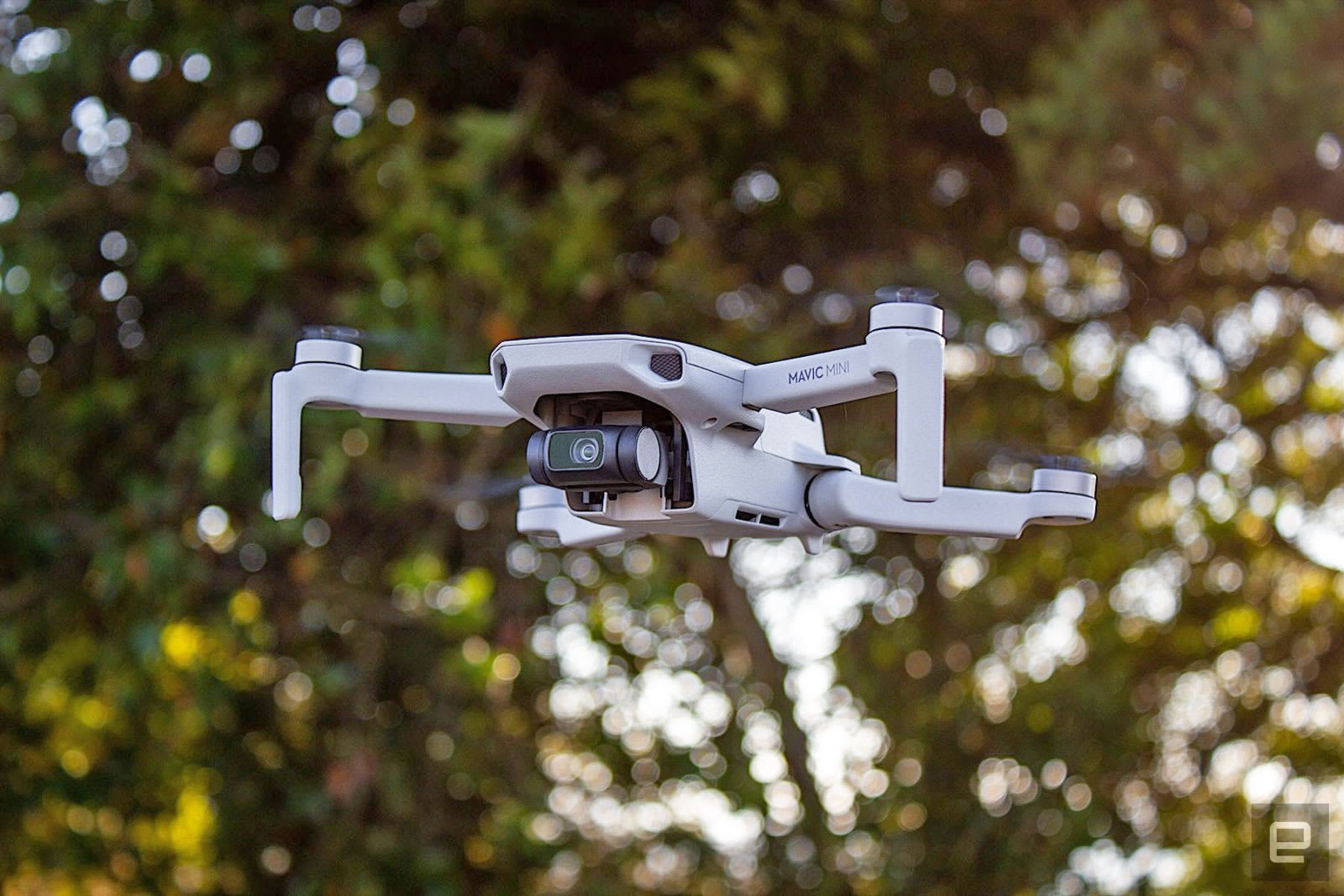 Bats can find their way in the dark using echolocation, so why can't drones? Researchers have managed just that. They've developed a system that lets a drone navigate using just four microphones and a speaker. It relies on the familiar concept of mea...
Bats can find their way in the dark using echolocation, so why can't drones? Researchers have managed just that. They've developed a system that lets a drone navigate using just four microphones and a speaker. It relies on the familiar concept of mea...
Bird-inspired wings could help small drones fly four times longer
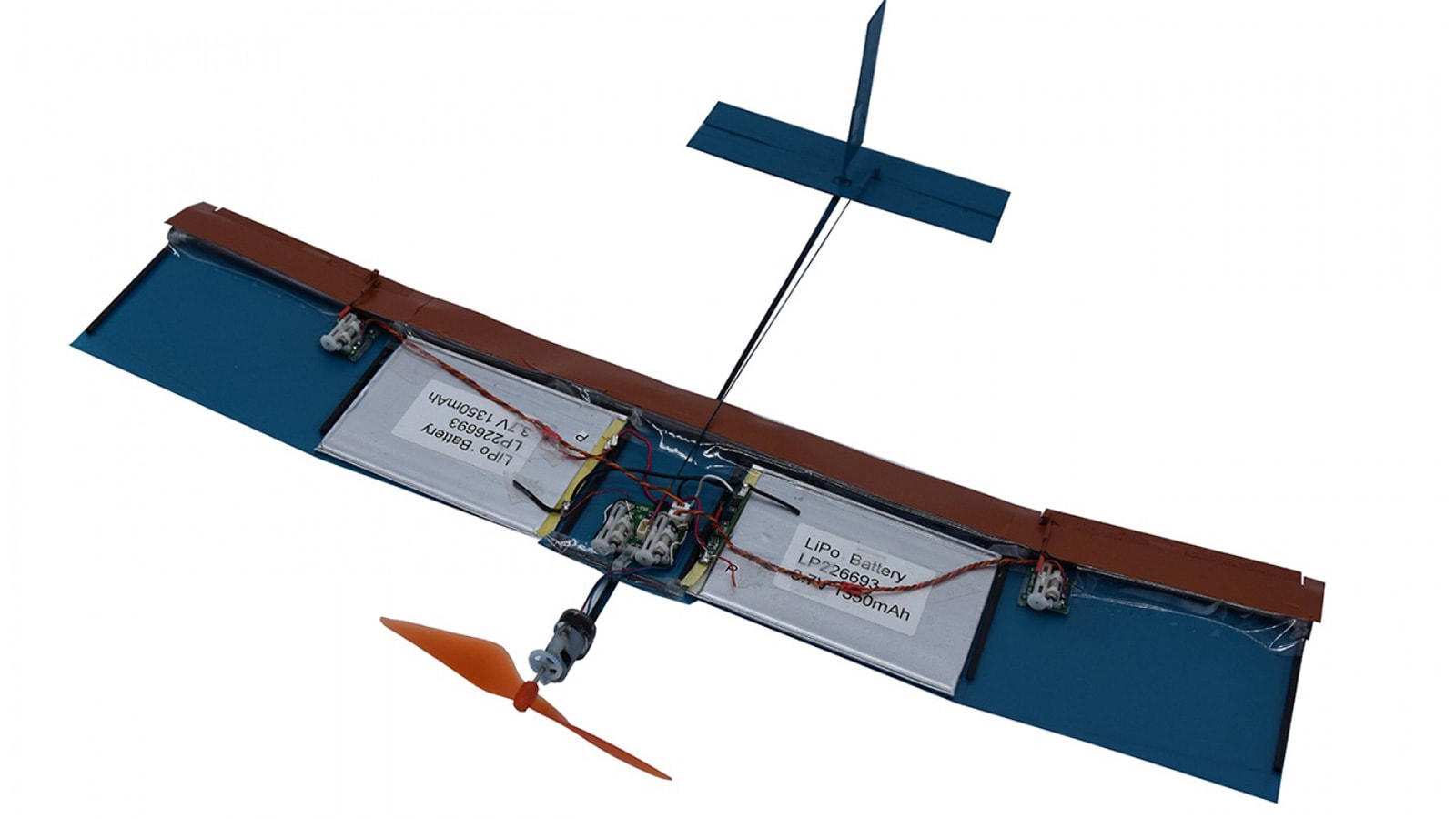 Small drones seldom last more than half an hour in the air due to their inefficiency. They frequently have short, thick wings that help them survive wind gusts, but are terrible for range. However, scientists might have a way to make drones last: b...
Small drones seldom last more than half an hour in the air due to their inefficiency. They frequently have short, thick wings that help them survive wind gusts, but are terrible for range. However, scientists might have a way to make drones last: b...
Reeform wants to bridge the gap between urban architecture and ocean sustainability

Designed as a series of modular islands that can transform any waterfront into a public space, Reeform aims at supporting life on land as well as underwater. A portmanteau of the words Reef and Form, the floating island comes with a two-part design. The upper half is designed as a hexagonal floating platform crafted entirely from recycled plastic, while a lower half bio-mimics the design of corals, using 3D printed concrete and calcite. As a result, both the upper and lower halves act as areas of interest for humans and marine life alike. Humans can use the modular platforms to create social spaces on water bodies like riverfronts, lakes, or pools, while the coral-inspired lower half helps reduce ocean acidification as well as promote the growth of live corals which in turn creates its own marine ecosystem, attracting fish and other underwater animals. It’s a win-win!
The Reeform builds on an ambitious attempt to save our marine ecosystems, which are dying due to rising sea temperatures and the plastic crisis. By resorting to biomimicry, much like Volvo’s attempts to save Sydney’s shoreline, Reeform tries to spur the growth of natural corrective systems that help keep our planet in balance.
Designers: Ching-Yi Lo, Chia-Yu Lee & Ting-Hsuan Yu.





This article was sent to us using the ‘Submit A Design’ feature.
We encourage designers/students/studios to send in their projects to be featured on Yanko Design!
Researchers create bone-inspired 3D-printed building materials
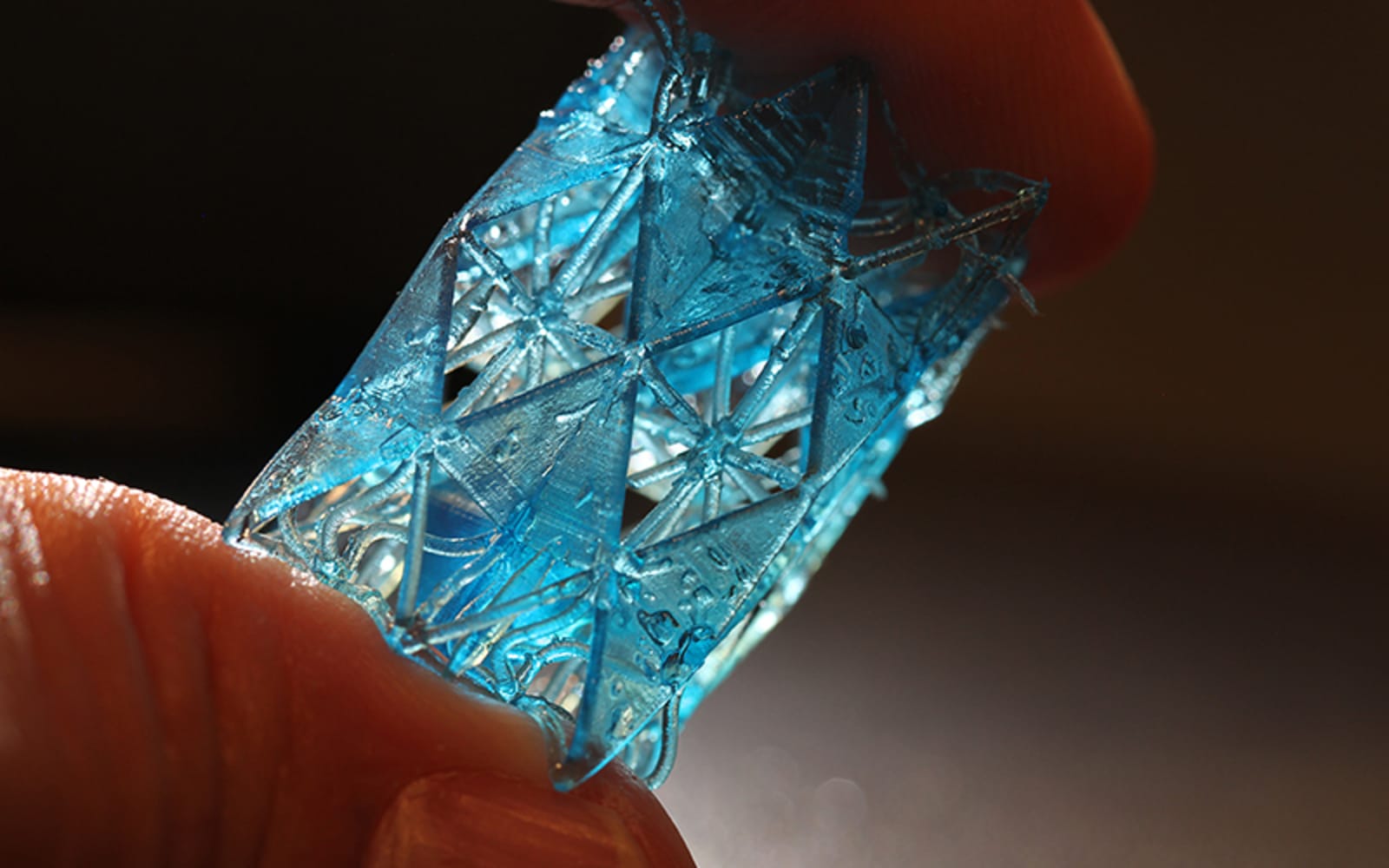 You may not think of your bones as buildings, but researchers do. A team from Cornell University, Purdue University and Case Western Reserve University believes that by studying the internal structure of bones, they may be able to 3D-print stronger c...
You may not think of your bones as buildings, but researchers do. A team from Cornell University, Purdue University and Case Western Reserve University believes that by studying the internal structure of bones, they may be able to 3D-print stronger c...
Watch a herd of MIT’s Mini Cheetah robots frolic in the fall leaves
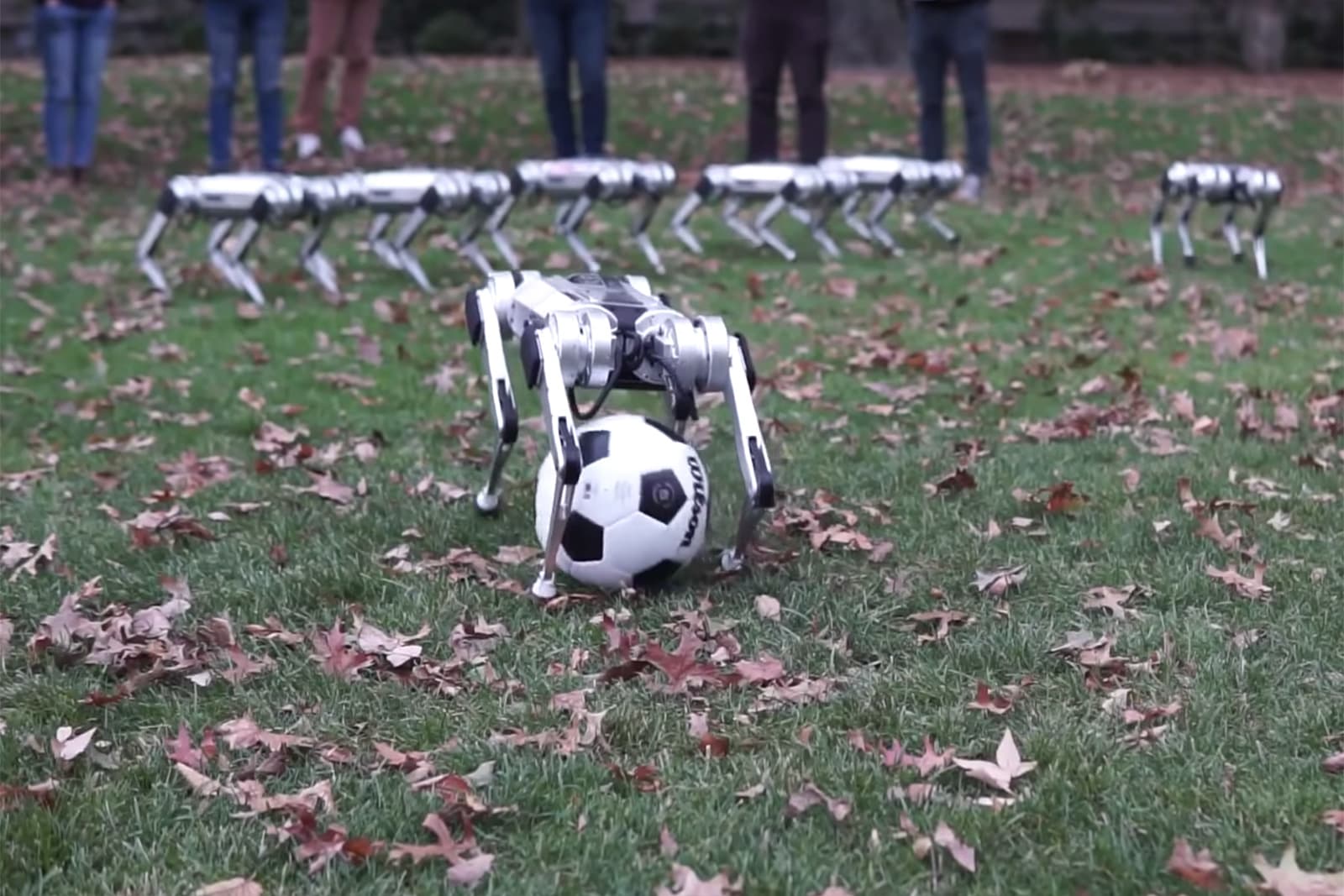 MIT wants to show that its Mini Cheetah robots aren't just solitary creatures. The school's Biomimetics department has posted a video of nine of the bots frolicking in the fall leaves, showing just what these pet-sized quadrupeds can do. The remote...
MIT wants to show that its Mini Cheetah robots aren't just solitary creatures. The school's Biomimetics department has posted a video of nine of the bots frolicking in the fall leaves, showing just what these pet-sized quadrupeds can do. The remote...
Robot bees can crash into walls without taking damage
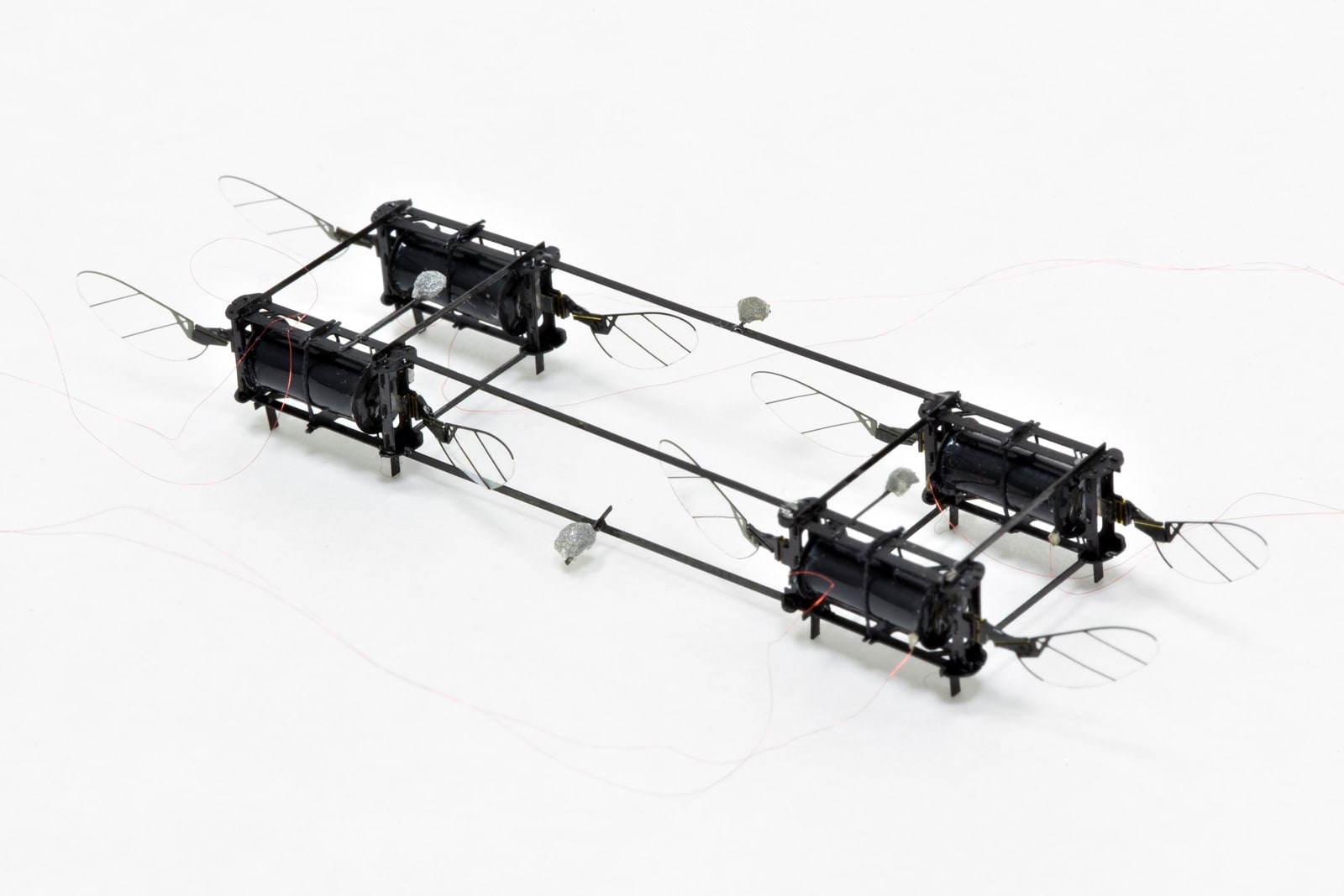 Tiny robotic fliers aren't exactly durable at present, but they may be tough critters before long. Harvard researchers have developed a RoboBee that uses soft, artificial muscles (really, actuators) to fly without taking damage. The robot can smack...
Tiny robotic fliers aren't exactly durable at present, but they may be tough critters before long. Harvard researchers have developed a RoboBee that uses soft, artificial muscles (really, actuators) to fly without taking damage. The robot can smack...